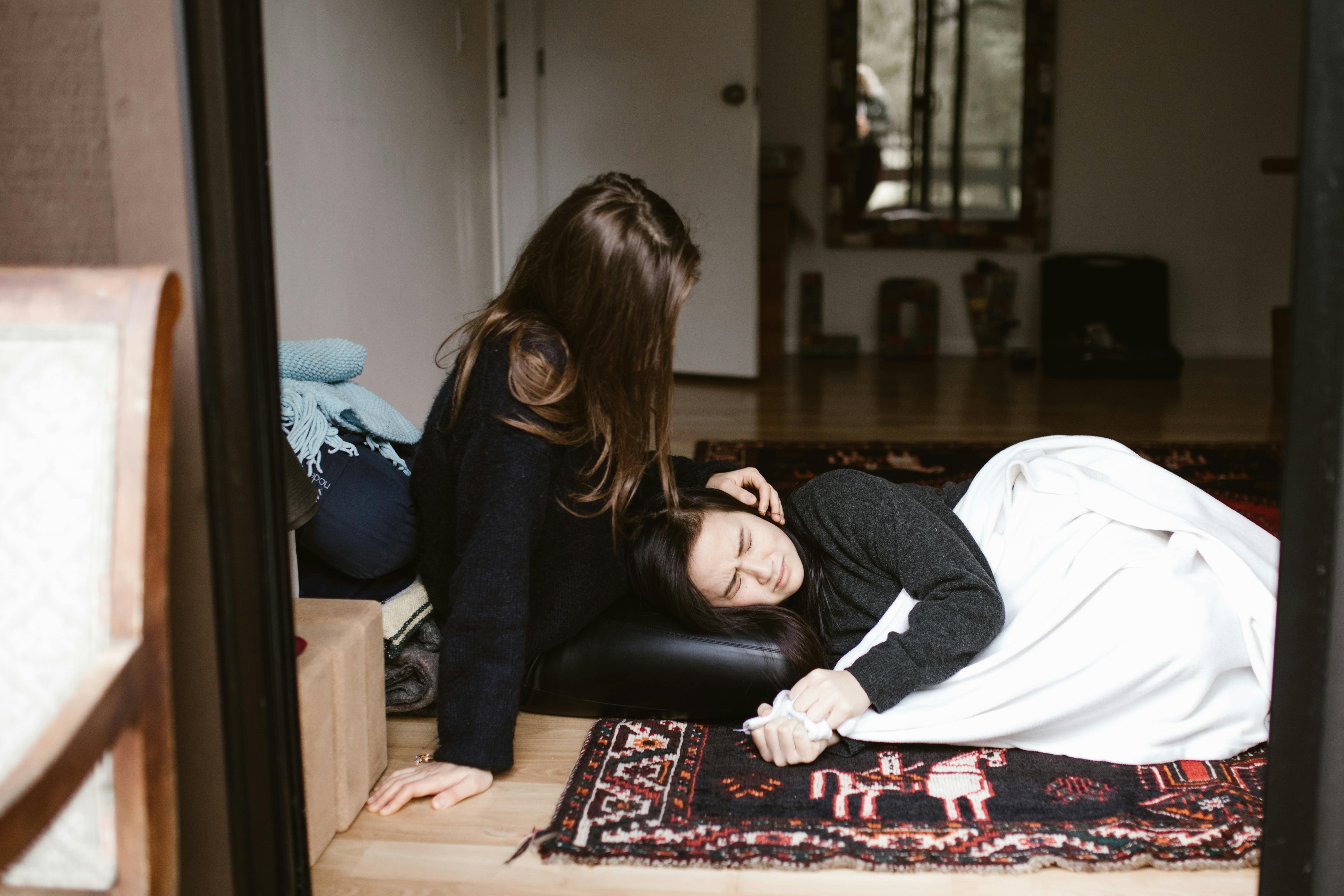There is nothing more stereotypically tied to the legal profession than a lawyer standing in a courtroom and yelling “I object!” to protest something the attorney for the other side is trying to admit to the evidence and the record. The practice is featured on most legal shows and was even featured in Elle Woods’ video admissions essay for Harvard Law in “Legally Blonde.”
Although it has been romanticized and presented in a multitude of media, the objection is the attorney’s or prosecutor’s key weapon in preventing evidence from reaching the record or reaching the ears of the jury. Once it reaches the ears of the jury, it is much more difficult to remove any influence the objectionable evidence may have.
Before we continue, there are different types of objections. Regardless of the type of objection a lawyer raises, it is almost always true that the lawyer will have to go beyond simply objecting and say or argue why the evidence is objectionable in the first place. Once the objection and its reasoning have been raised, the party who wants to include the evidence has the opportunity to say why the evidence is so vital. The judge is then given the task of admitting or denying the evidence.
The first type of objection is the “substantive” objection. The substantive objections rest on some particular exclusionary principles in the rules of evidence. These rules may be from the Federal Rules of Evidence or a state version of similar rules. Either way, the objection is based on a principle of exclusion of a real rule. An example of a substantive objection would be filing an objection based on hearsay. Others include attorney-client privilege, character evidence rules, and “subsequent corrective measures.”
Formal objections are not based on a rule of evidence. They are objections raised by something that is wrong in the way the witness is questioned. This could be the lawyer arguing, harassing the witness, repeatedly asking the same question, or any of a number of different things that are considered bad form.
Another type of formal objection may have to do with the leading questions that the lawyer offers. Lead questions are questions in which the attorney “leads” the witness during cross-examination. The problem with leading questions is that they suggest that the lawyer is telling his own story, rather than letting the witness tell what happened. Putting words into the mouth of a witness is a frowned upon practice.
The last type of objection is the general objection. This type of objection offers less protection to the attorney’s client than the other types, but it is still useful. You can stall the trial long enough for the lawyer to figure out exactly what he wants to object to and formulate an argument in his head.

